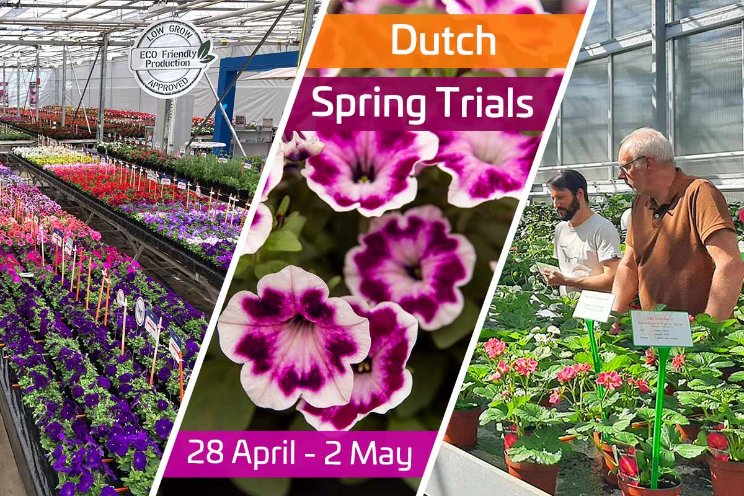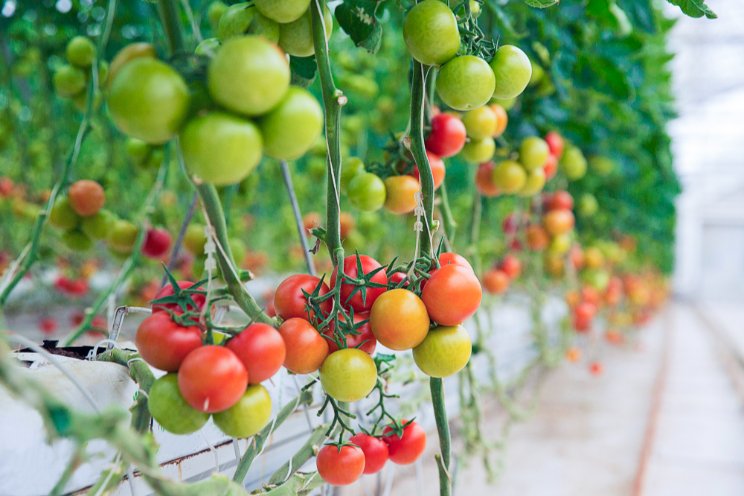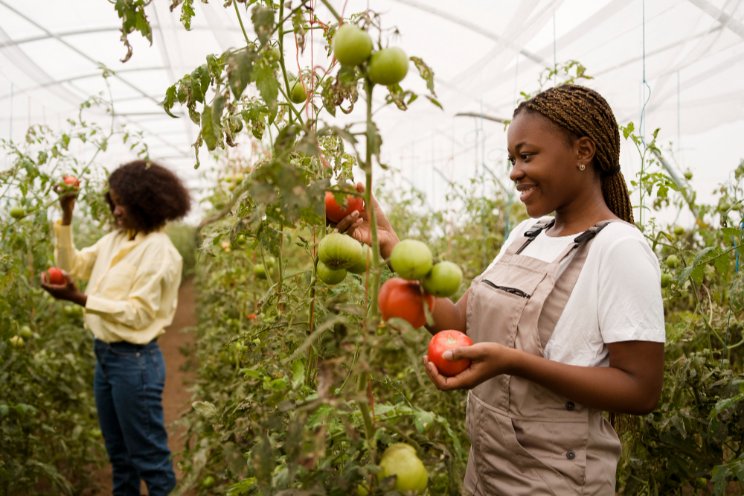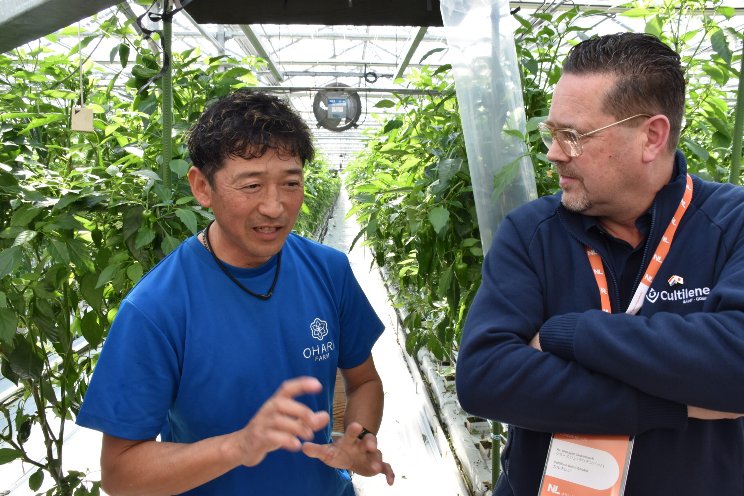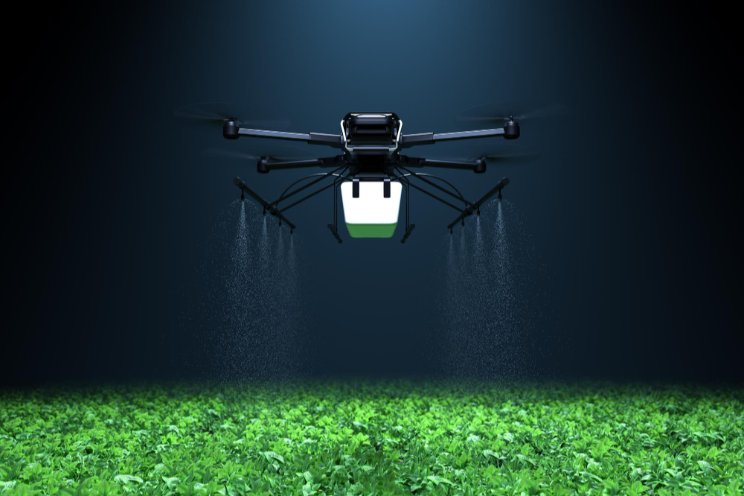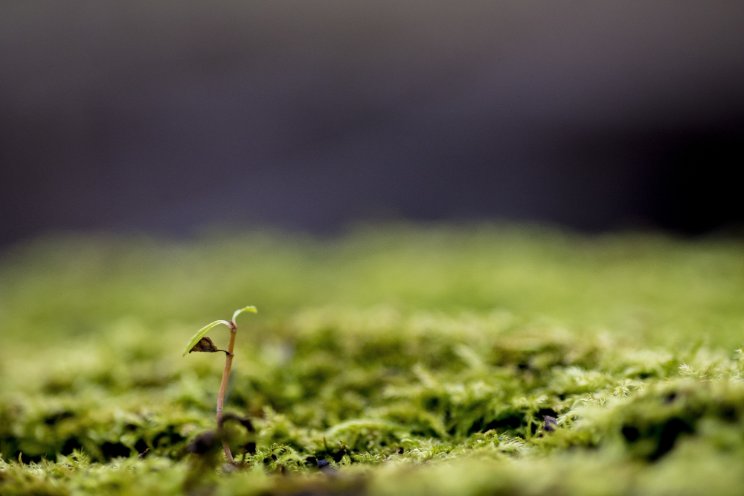The importance of grow light colour and consistency
Added on 05 December 2022

NASA originally introduced controlled environment agriculture (CEA) technologies in preparation for growing crops as a food source in space. Since then, CEA has been adopted on a mass scale to produce crops that meet the demand of a growing population and combat climate issues surrounding transport emissions, destruction of natural habitats and pollution of water sources.
Lighting is a huge part of CEA; it is how plants get their energy. It influences the speed of growth as well as the quality and crop yield. Many assume that artificial light in an indoor environment should emulate natural sunlight for the best growing conditions. However, this is not accurate. Light emitted from the sun contains many different wavelengths, some visible and some not. The plant will absorb the wavelengths that are easiest; the rest of the light will be redundant.
Many studies have revealed that plants grow well when a combination of both blue and red light are used (400-700nm). However, every plant is different; therefore, the conditions may need to be tweaked slightly to offer a personalised light for different crops. In the visible light spectrum, the colour varies based on the length of the wavelength; for example, red light is a long wavelength, and blue/violet light is short.
Here is a breakdown of the wavelengths by nanometres:
Violet - 380-430nm
Blue - 430-500nm
Cyan & Green - 500-565nm
Yellow - 565-580nm
Orange - 580-625nm
Red - 625-740nm

Source - Lumigrow 2020
Image by DCStudio on Freepik
More news
